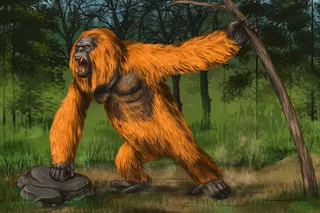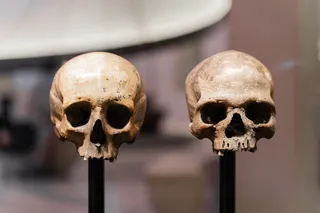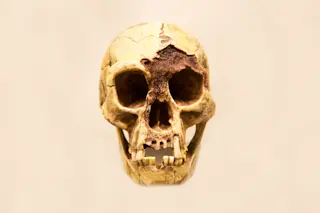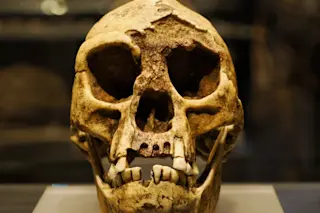I sat in my padded desk chair, hunched over, alternately entering notes on my computer and reading a book called The Story of the Human Body. It was the sort of book guaranteed to make me increasingly, uncomfortably aware of my own body. I squirmed to relieve an ache in my lower back. When I glanced out the window, the garden looked fuzzy. Where were my glasses? My toes felt hot and itchy: My athlete’s foot was flaring up again.
I returned to the book. “This chapter focuses on just three behaviors … that you are probably doing right now: wearing shoes, reading, and sitting.” OK, I was. What could be more normal?
According to the author, a human evolutionary biologist at Harvard named Daniel Lieberman, shoes, books and padded chairs are not normal at all. My body had good reason to complain because it wasn’t designed for these accessories. ...














